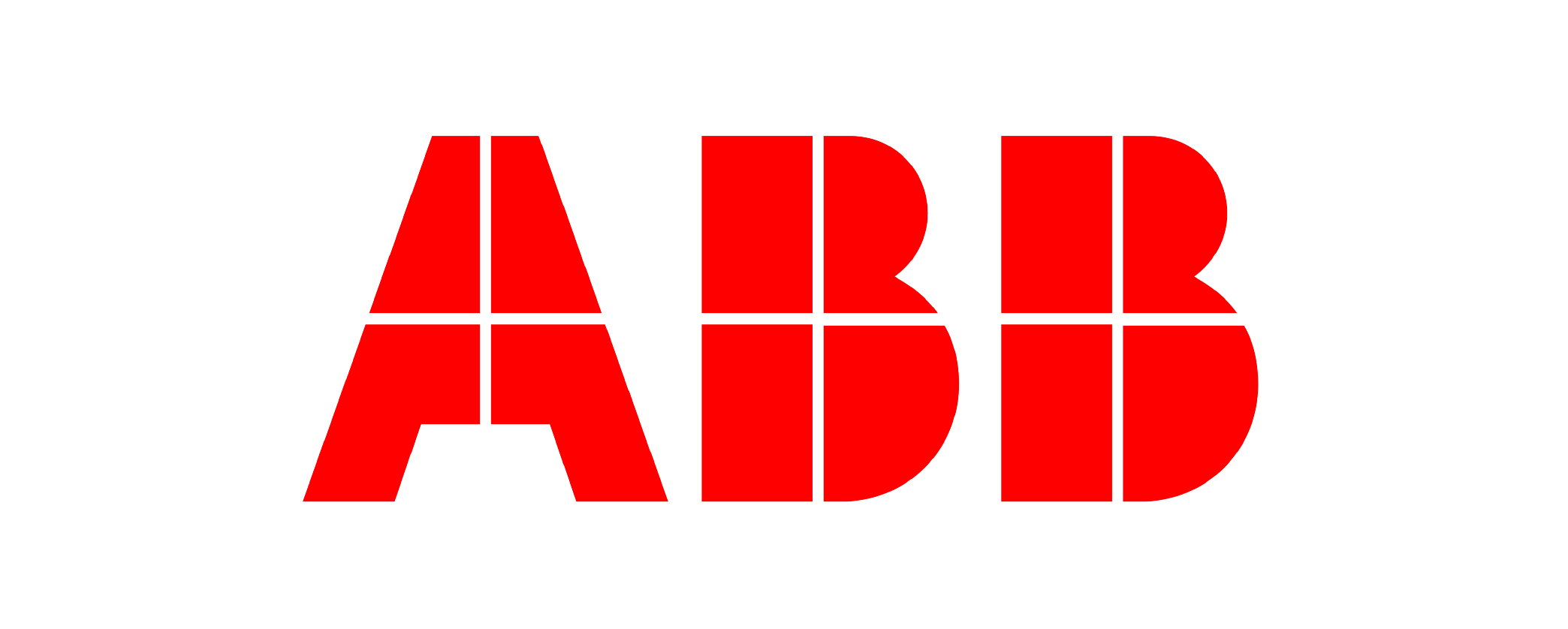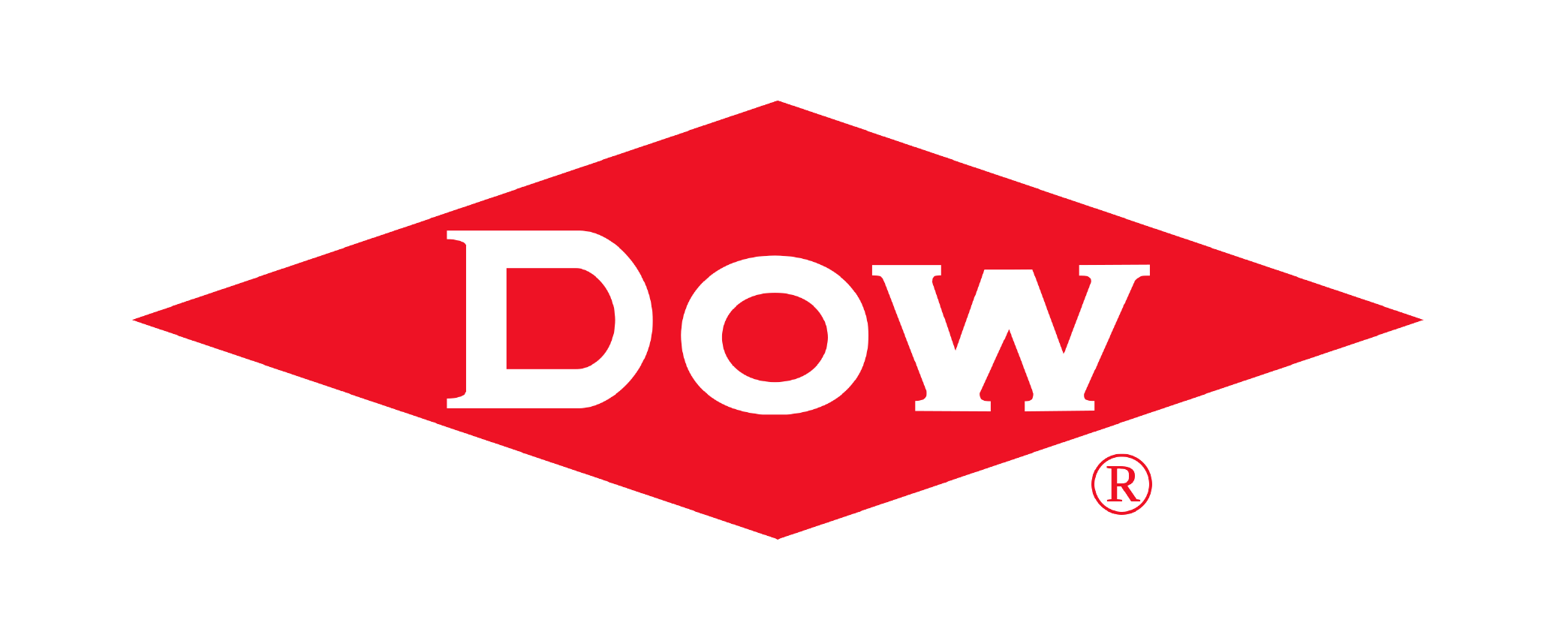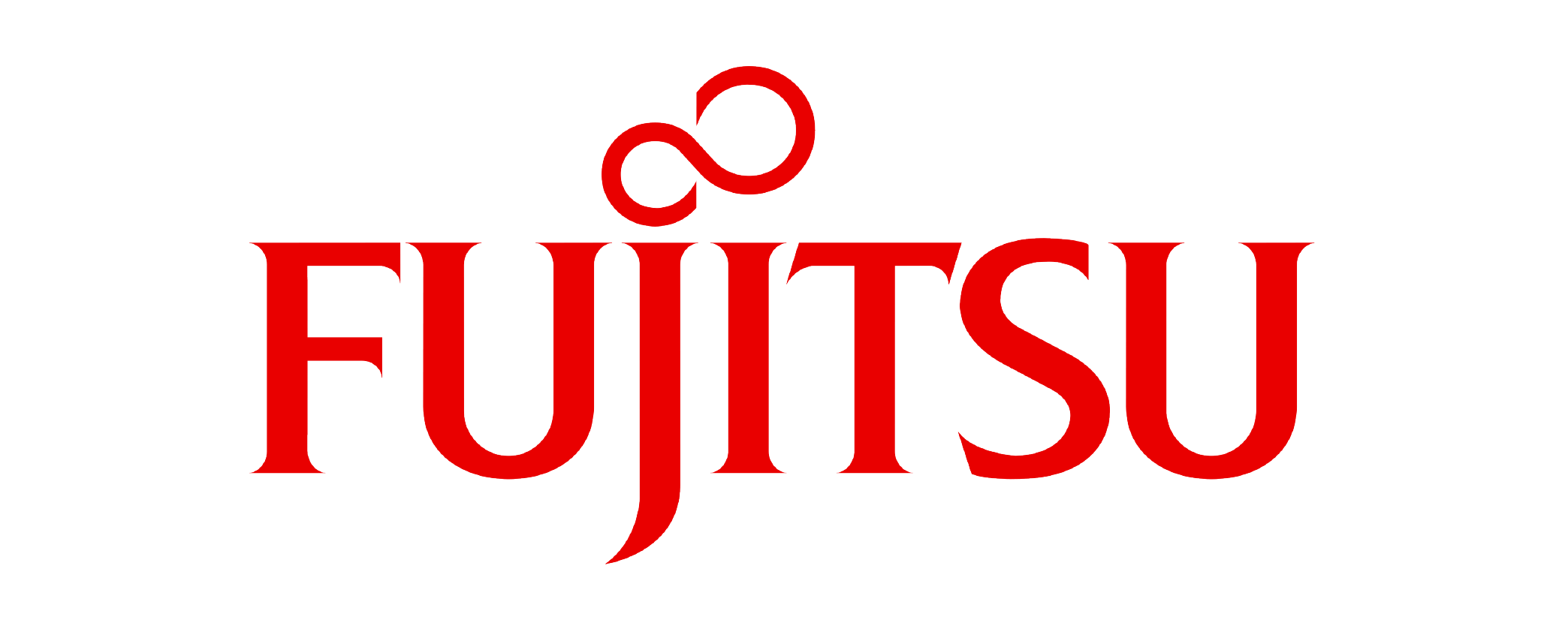The global Kitchen Knife Market is witnessing consistent growth, with its size estimated at USD 4.5 billion in 2025 and projected to reach USD 6.5 billion by 2033, expanding at a CAGR of 5.5% during the forecast period.
The Kitchen Knife Market Research Report by Future Data Stats presents an in-depth and strategic assessment of the market landscape. Drawing on historical data from 2021 to 2023, the report identifies key trends, evolving growth patterns, and pivotal market dynamics. Anchored in 2024 as the base year, it delivers a detailed examination of consumer behavior, competitive forces, and regulatory frameworks influencing the sector. Extending beyond conventional analysis, the report provides a forward-looking forecast from 2025 to 2033, leveraging advanced analytical methodologies. It maps the anticipated growth trajectory, uncovers emerging opportunities, and highlights potential risks—empowering stakeholders with the actionable intelligence needed to make informed decisions in a rapidly transforming market environment.
MARKET OVERVIEW:
The kitchen knife market serves the essential purpose of meeting the diverse cutting and food preparation needs in both household and commercial kitchens. Manufacturers design these knives to provide precision, efficiency, and safety, allowing users to perform tasks such as chopping, slicing, dicing, and carving with ease. The market continuously evolves to offer specialized blades for different functions, improving cooking outcomes across all skill levels. This market also plays a vital role in supporting the culinary industry by offering high-performance tools tailored for professional chefs and food service providers. With growing interest in cooking and food aesthetics, consumers increasingly seek durable, ergonomic, and visually appealing knives. As a result, the kitchen knife market supports innovation in materials, design, and functionality to match rising user expectations.
MARKET DYNAMICS:
The kitchen knife market continues to evolve with rising consumer demand for high-performance, ergonomic, and visually appealing tools. Recent trends highlight a growing preference for premium knives made from high-carbon stainless steel and Damascus blades, valued for their sharpness and longevity. Manufacturers are also focusing on eco-friendly materials and sustainable packaging to align with environmentally conscious buyers. The rise of home cooking and food content creation has further boosted demand for multifunctional and aesthetically designed knives. Looking ahead, the market shows strong potential as smart kitchen tools gain traction. Integration of advanced features such as non-stick coatings, antimicrobial handles, and innovative blade technologies is expected to expand product offerings. Growth in e-commerce and direct-to-consumer channels also provides new opportunities for brands to reach a global audience. As culinary skills become more mainstream and home kitchens evolve, the business scope for kitchen knives will likely broaden across both developed and emerging markets.
Brands respond by innovating their product lines, offering specialized knives that cater to various cooking styles. Additionally, the rise of cooking shows and social media influencers inspires consumers to invest in premium kitchen tools, further boosting market growth. However, the kitchen knife market faces challenges, particularly from competition and price sensitivity. Many consumers prioritize affordability over quality, which can limit the sales of premium brands. Moreover, the proliferation of low-cost alternatives can dilute brand loyalty. Despite these restraints, opportunities abound. Manufacturers can explore eco-friendly materials and sustainable production methods to attract environmentally conscious consumers. By tapping into niche markets, such as professional chefs and culinary enthusiasts, brands can differentiate themselves and capture a loyal customer base.
KITCHEN KNIFE MARKET SEGMENTATION ANALYSIS
BY TYPE:
The kitchen knife market thrives on product differentiation, and the type-based segmentation plays a foundational role. Chef knives dominate due to their all-purpose functionality, making them essential in both household and commercial kitchens. Their broad blades and versatility encourage manufacturers to refine designs with ergonomic grips and durable alloys. Utility knives also see steady demand as consumers look for compact blades suitable for light chopping, slicing, and trimming. These knives appeal especially to urban users with minimal kitchen setups. Paring knives, with their precision for peeling and intricate cuts, remain popular among home cooks and pastry professionals alike.
Bread knives, known for their serrated edges, cater to artisan bakeries and rising home baking trends. Their ability to slice through crusty loaves without crushing them makes them indispensable in cafés and patisseries. Cleavers, particularly in Asian and African culinary cultures, are indispensable for heavy chopping. The meat industry and regional cooking styles directly influence their adoption. Carving knives and boning knives remain staples in butchery and holiday cooking, favored for their sharpness and specialization in meat slicing. Additionally, Santoku knives, originating in Japan, have become global favorites for their lightweight, balanced design, drawing interest from those blending East and West culinary styles. Fillet knives, with their flexible blades, support fish-heavy cuisines, while specialty knives (like cheese knives, tomato knives, and oyster knives) reflect niche growth from gourmet food trends.
BY APPLICATION:
The application-wise segmentation paints a vivid picture of where kitchen knives find relevance. The residential sector leads due to rising culinary enthusiasm, social media cooking challenges, and a broader desire for healthier home-cooked meals. Consumers invest in knife sets or high-quality individual blades as part of broader kitchen upgrades. In parallel, the commercial segment contributes significantly, with businesses demanding durable, NSF-certified tools for safety and hygiene. These knives often feature high-carbon steel and molded handles to endure frequent use and dishwasher cycles.
Hotels, striving for culinary distinction, opt for premium blades that allow chefs precision and flair. The hospitality sector frequently customizes knives with logos or chooses artisan brands to support their brand image. Restaurants, especially those with open kitchens or chef's tables, prefer aesthetically pleasing knives that perform under pressure and look good in front of guests. This segment places pressure on brands to fuse performance with presentation. Catering services, managing large volumes and rapid prep, demand lightweight and reliable blades that minimize hand fatigue. Their purchases often favor utility and bulk supply deals. Meanwhile, cafés and bakeries lean toward specialized knives like bread, cheese, or pastry knives, underlining how knife usage changes with the food being prepared.
BY BLADE EDGE:
Blade edge variation reflects different culinary needs, and this segmentation significantly influences purchasing behavior. Straight-edge knives dominate due to their clean slicing capabilities and general-purpose design. From vegetables to meat, users value their simplicity and ease of sharpening. These are favored in Western kitchens and among beginner cooks. Serrated edge knives, by contrast, cater to slicing through crusty or soft surfaces without tearing. Their jagged design is ideal for bread, tomatoes, and citrus fruits, which explains their popularity in bakeries and juice-focused outlets.
Granton edge knives, characterized by the air pockets or dimples on the blade, reduce friction and prevent food from sticking. These blades are particularly favored by professionals working with delicate proteins like salmon or poultry. Users in restaurants and catering services look for such blades to increase efficiency and reduce prep time. Hollow edge blades serve a similar function and find growing traction among chefs who demand speed and precision. The demand for such advanced edge types reflects a maturing market, where professionals and even home users are willing to invest in purpose-driven blades that improve speed, reduce waste, and enhance user satisfaction.
BY MATERIAL:
The choice of material is a strong market differentiator in kitchen knives, dictating sharpness retention, corrosion resistance, and user preference. Stainless steel remains the most widespread due to its balance between affordability, rust resistance, and strength. It dominates mid-range knife sets found in both residential and hospitality sectors. However, carbon steel offers better edge retention and sharpness, attracting seasoned chefs and enthusiasts willing to maintain it against corrosion. The knife’s ""aging"" patina gives it a premium feel and connects users to traditional craftsmanship.
Ceramic knives, though brittle, have emerged as a popular alternative for users prioritizing sharpness and lightweight design. They're ideal for vegetables and fruits, particularly in households focusing on a plant-based diet. Damascus steel, known for its beautiful layered patterns and sharpness, leads the premium market. Luxury buyers, collectors, and gourmet chefs see it as both a performance tool and an art piece. Titanium knives, though newer, gain traction for their strength-to-weight ratio and hypoallergenic nature. Finally, high carbon stainless steel blends the best properties of carbon and stainless variants. Its low-maintenance, high-performance appeal is revolutionizing both mid-range and high-end markets.
BY HANDLE MATERIAL:
Knife handle materials determine comfort, hygiene, and visual appeal, significantly impacting user experience. Wooden handles, appreciated for their classic look and warm grip, remain popular among traditionalists and artisan knife makers. Despite requiring maintenance, they evoke craftsmanship and suit upscale culinary settings. Plastic handles, meanwhile, dominate the mass market due to their affordability, moldability, and resistance to moisture. Manufacturers frequently use injection molding to create ergonomic, slip-resistant designs ideal for commercial use.
Stainless steel handles appeal to buyers seeking sleek aesthetics and maximum durability. Common in minimalist or modern kitchens, they’re easy to sanitize, though sometimes less comfortable for long use. Composite handles, made from layered materials like micarta or G-10, strike a balance between performance and style. Their grip in wet conditions makes them favored by chefs and professionals. Resin handles, available in vibrant colors and unique swirls, offer visual variety and water resistance, often chosen for personalized or decorative sets. Rubber handles, especially with textured or soft-grip coatings, serve kitchens that prioritize comfort, especially in high-volume food prep environments.
BY PRICE RANGE:
Price range segmentation reflects the widening accessibility and luxury appeal of kitchen knives. Economy-tier knives dominate in emerging markets and budget-conscious households. These are often sold in bundled sets and made from basic stainless steel with plastic handles. They fulfill essential cutting needs and are widely distributed through supermarkets and discount stores. Mid-range knives offer enhanced quality, ergonomic design, and sharper blades. They are popular among urban households and amateur chefs seeking better performance without luxury pricing. This category drives innovation in hybrid materials and smart packaging.
Premium knives, however, define the upper echelons of the market. Crafted from high-end steel, often hand-forged, these knives offer superior balance, edge retention, and artistic value. They appeal to collectors, professionals, and consumers embracing the ‘slow food’ or gourmet home cooking movement. Many brands also offer lifetime sharpening services or artisan-style production, adding emotional value to the purchase. The presence of educational content and chef endorsements further encourages aspirational buying among food enthusiasts looking to invest in tools that elevate their culinary skills.
BY DISTRIBUTION CHANNEL:
Distribution strategy plays a crucial role in shaping consumer access and brand success. Online retail leads the charge, driven by product variety, influencer marketing, and customer reviews. E-commerce enables direct-to-consumer models where niche and premium knife makers can reach a global audience. Flash sales, unboxing videos, and cooking blogs further drive digital engagement. Supermarkets and hypermarkets remain vital for impulse buying, particularly for economy and mid-tier knives. Their visibility and accessibility attract household shoppers who want instant solutions.
Specialty stores, including cutlery shops and kitchenware boutiques, offer in-depth product education, allowing buyers to handle and test different knives. These stores dominate the premium and enthusiast segments. Departmental stores serve a cross-demographic audience, stocking a mix of budget and branded knives during gift-giving seasons and bridal registries. Finally, direct sales through chef schools, culinary workshops, or brand-owned stores enable immersive experiences. Knife makers build loyalty and trust through demos, sharpening services, and craftsmanship storytelling that resonates deeply with informed buyers.
REGIONAL ANALYSIS:
The kitchen knife market shows varied growth patterns across North America, Europe, Asia Pacific, Latin America, and the Middle East and Africa. In North America and Europe, consumers prioritize premium quality, safety, and design, driving demand for high-end and professional-grade knives. Brands in these regions focus on innovation and aesthetics, often targeting culinary professionals and hobbyist chefs. The mature retail infrastructure and strong online presence support steady sales growth.
In Asia Pacific, rapid urbanization and rising disposable income fuel demand for efficient and affordable kitchen tools. Countries like China, Japan, and India show increasing interest in both traditional and modern knife styles. Meanwhile, Latin America and the Middle East & Africa are experiencing gradual growth, supported by changing food habits and the expansion of organized retail. Each region contributes uniquely, shaping a dynamic and competitive global market for kitchen knives.
MERGERS & ACQUISITIONS:
- In Jan 2024: ZWILLING J.A. Henckels launched a new Damascus steel knife collection.
- In Feb 2024: Shun Cutlery (KAI Group) acquired a Japanese artisan knife workshop.
- In Mar 2024: Victorinox expanded its Swiss-made knife production facility.
- In Apr 2024: Wüsthof partnered with a Michelin-star chef for a signature knife line.
- In May 2024: Global Knives (Yoshikin) introduced AI-optimized blade sharpness technology.
- In Jun 2024: MAC Knives merged with a Taiwanese high-carbon steel supplier.
- In Jul 2024: DALSTRONG secured $15M funding for direct-to-consumer expansion.
- In Aug 2024: Sabatier rebranded its classic French knife line with eco-friendly materials.
- In Sep 2024: F. Dick acquired a German competitor specializing in butcher knives.
- In Oct 2024: Miyabi (Zwilling) launched a limited-edition sakura-themed knife series.
- In Nov 2024: Cutco (Vector Marketing) faced a lawsuit over warranty claims.
- In Dec 2024: Tojiro announced a joint venture with a U.S. retailer for exclusive distribution.
KEY MARKET PLAYERS:
- ZWILLING J.A. Henckels
- Shun Cutlery (KAI Group)
- Victorinox
- Wüsthof
- Global Knives (Yoshikin)
- MAC Knives
- Miyabi (Zwilling)
- Messermeister
- DALSTRONG
- Tojiro
- Sabatier
- Dick
- Yaxell
- Masamoto
- Misen
- TUO Cutlery
- Kramer by Zwilling
- Miyabi (by Zwilling)
- Kershaw Knives
- Cutco (Vector Marketing)
Kitchen Knife Market: Table of Contents
Executive Summary
- Key Market Highlights
- Market Outlook and Opportunities
Market Overview
- Definition and Scope
- Key Assumptions
- Research Methodology
Market Dynamics
- Drivers
- Challenges
- Opportunities
- Value Chain Overview
- Porter's Five Forces Analysis
Market Segmentation
- By Type
- By Application
- By Blade Edge
- By Material
- By Handle Material
- By Price Range
- By Distribution Channel
Pricing Analysis
- Average Selling Price Trends
- Regional Pricing Breakdown
Regional Outlook
- North America
- Europe
- Asia Pacific
- Latin America
- Middle East & Africa
Competitive Landscape
- Market Share Analysis
- Key Company Profiles
- Product Portfolio
- Strategic Initiatives
- Financial Performance
- SWOT Analysis
Future Outlook
- Forecast & Projections
- Key Trends Shaping the Market
- Strategic Recommendations
Appendix
- Abbreviations
- Assumptions and Methodology
- Disclaimer
List of Figures
- Global Kitchen Knife Market Share by Type
- Application-wise Demand Forecast
- Regional Market Size Comparison
- Growth Rate by Blade Edge Type
- Market Dynamics – Drivers and Restraints
- Competitive Positioning Matrix
- Value Chain Diagram
- Global Market Forecast (2025–2030)
List of Tables
- Kitchen Knife Market Size by Type (USD Billion)
- Market Share by Application (Residential vs. Commercial)
- Pricing Analysis by Region
- Comparison of Material Preferences
- Regional Market Breakdown
- Distribution Channel Performance Metrics
- Company Revenue by Segment
- Forecast by Handle Material Type
Kitchen Knife Market Segmentation
By Type:
- Chef Knives
- Utility Knives
- Paring Knives
- Bread Knives
- Cleavers
- Carving Knives
- Boning Knives
- Santoku Knives
- Fillet Knives
- Specialty Knives
By Application:
- Residential
- Commercial
- Hotels
- Restaurants
- Catering Services
- Cafés & Bakeries
By Blade Edge:
- Straight Edge
- Serrated Edge
- Granton Edge
- Hollow Edge
By Material
- Stainless Steel
- Carbon Steel
- Ceramic
- Damascus Steel
- Titanium
- High Carbon Stainless Steel
By Handle Material:
- Wood
- Plastic
- Stainless Steel
- Composite
- Resin
- Rubber
By Price Range:
- Economy
- Mid-Range
- Premium
By Distribution Channel
- Online Retail
- Supermarkets/Hypermarkets
- Specialty Stores
- Departmental Stores
- Direct Sales
By Geography:
- North America (USA, Canada, Mexico)
- Europe (UK, Germany, France, Italy, Spain, Rest of Europe)
- Asia-Pacific (China, Japan, Australia, South Korea, India, Rest of Asia-Pacific)
- South America (Brazil, Argentina, Rest of South America)
- Middle East and Africa (GCC Countries, South Africa, Rest of MEA)
Why Investing in a Market Research Report?
Make Informed Decisions with Confidence: A market research report offers more than just data—it provides actionable insights. Whether you're launching a new product or expanding into new regions, reliable research helps you make decisions backed by real-world trends, customer behaviors, and competitive benchmarks. This reduces guesswork and increases your odds of success.
Discover Untapped Market Opportunities: One of the biggest advantages of a research report is its ability to reveal gaps in the market. You'll uncover unmet customer needs, rising demand, and emerging trends—well before they become mainstream. This positions your business to act early and gain a first-mover advantage.
Understand Your Competitors in Detail: Knowing who you’re up against is crucial. A comprehensive report shows how your competitors operate, where they excel, and where they fall short. With this intel, you can sharpen your value proposition, strengthen your brand position, and outpace others in your space.
Craft Smarter Marketing Strategies: Effective marketing starts with knowing your audience. Research reports break down customer demographics, buying behavior, and preferences. With this clarity, you can design targeted campaigns that speak directly to your audience and deliver better ROI.
Identify Risks Early and Reduce Uncertainty: Every business faces risks—but they don’t have to be surprises. A good report highlights possible roadblocks, shifts in demand, or industry disruptions. By anticipating these challenges, you can take preventive action and protect your business from costly setbacks.
Support Your Business Case for Funding: Whether you're pitching to investors or applying for loans, having a credible, data-backed report gives your proposal weight. It shows you’ve done your homework and understand the market, which builds trust and increases your chances of securing support.
Stay Relevant in a Rapidly Changing Market: Consumer needs, tech innovations, and regulations evolve constantly. Continuous access to updated market research helps you track these changes and adapt accordingly—keeping your business agile and future-ready.
RESEARCH METHODOLOGY AT FUTURE DATA STATS
At Future Data Stats, we combine industry acumen with modern research practices to deliver credible, real-world market intelligence. Our approach is grounded in data accuracy, actionable insights, and strategic foresight—helping businesses make smarter, faster decisions in an ever-evolving global landscape.
Strategic and Comprehensive Market Evaluation
We go beyond basic metrics to provide a deeper understanding of market behavior. Our methodology is built to:
- Measure current market size and forecast growth with high precision.
- Map competitive positioning and assess market saturation or potential gaps.
- Track upcoming opportunities using trend analytics and predictive modeling.
- Cross-validate every insight through expert consultation and data triangulation.
This 360° approach ensures that stakeholders receive not just data, but relevant, future-ready intelligence.
Robust Data Collection and Validation
Our research is powered by multi-source inputs for enhanced credibility and relevance. We rely on:
- Primary research through interviews with CEOs, suppliers, investors, and industry influencers.
- Secondary data from government databases, trade publications, and global research institutions.
- Localized insights capturing region-specific demand patterns and economic shifts.
- Custom models built around the nuances of each sector, ensuring tailored outputs.
Each data point undergoes a verification process, minimizing biases and ensuring consistency.
Core Strengths of Our Research Process
- Real-Time Intelligence: Reports that reflect current market conditions and future trajectories.
- Advanced Validation Tools: AI-assisted tools to verify patterns, filter anomalies, and sharpen forecasts.
- Independent Perspective: Neutral analysis that supports objective, fact-based decision-making.
Our Dual-Layer Research Model
Primary Research – Real-World Industry Contact
- 25+ hours of stakeholder interviews per project.
- Customized surveys for KOLs to gather qualitative insights.
- Comparative assessments to evaluate competitive dynamics.
Secondary Research – Exhaustive Desk Analysis
- Review of 3,000+ sources, including industry databases, white papers, and compliance filings.
- Collection of economic and sector data from recognized financial and government portals.
- Pattern analysis to identify long-term market shifts and macroeconomic influences.
Top-Down & Bottom-Up Accuracy
We use a blended analytical approach to enhance precision:
- Bottom-Up Approach: Aggregates granular data to build a detailed market structure.
- Top-Down Approach: Aligns projections with high-level industry trends and macro indicators.
Together, they create a balanced framework for trustworthy forecasting.
Why Future Data Stats?
- 70+ years of collective expertise behind every report.
- Bespoke research design tailored to client goals and industry type.
- Transparent processes that prioritize reliability and strategic value.
With Future Data Stats, you're not just investing in information—you're investing in clarity, direction, and market leadership.
Kitchen Knife Market Dynamic Factors
Drivers:
- Consumers elevate home cooking trends, fueling demand for premium and multifunctional knives.
- Rising culinary tourism and food shows inspire kitchen upgrades globally.
- Manufacturers expand product lines with ergonomic designs and high-carbon steel blades.
Restraints:
- Price-sensitive consumers hesitate to invest in high-end or professional-grade knives.
- Counterfeit and low-quality imports dilute brand trust and affect premium players.
- Maintenance needs and safety concerns deter adoption among casual users.
Opportunities:
- E-commerce platforms provide global reach and niche segmentation for kitchen knife brands.
- Growing interest in plant-based and global cuisines drives demand for specialized blades.
- Customizable, artisan, or handcrafted knife offerings attract discerning home chefs.
Challenges:
- Intense competition among global and local brands pressures pricing and margins.
- Sustainability demands push producers to innovate with eco-friendly materials and packaging.
- Regulatory scrutiny on materials and safety standards complicates cross-border trade.
Kitchen Knife Market Regional Key Trends Analysis
North America:
- Surge in home-based culinary ventures drives knife set sales.
- Consumers prioritize forged over stamped knives for durability.
- Retailers offer knife sharpening and maintenance services as value adds.
Europe:
- Heritage brands embrace sustainable steel and wood alternatives.
- Demand grows for region-specific knives like Santoku and Nakiri.
- Urban consumers shift to compact, multifunctional knife sets.
Asia-Pacific:
- Japan and South Korea influence global knife aesthetics and edge retention.
- Premium knife exports grow due to international chef endorsements.
- Urbanization increases demand for western-style and hybrid kitchen knives.
Latin America:
- Rising food content creators popularize branded knife usage.
- Brazilian and Argentine knife styles gain regional traction.
- Informal retail slows penetration of premium kitchen knives.
Middle East & Africa:
- Hospitality growth fuels bulk demand for commercial-grade knives.
- Cultural preferences influence blade shape and handle material.
- Imports dominate due to limited local manufacturing.
Frequently Asked Questions















